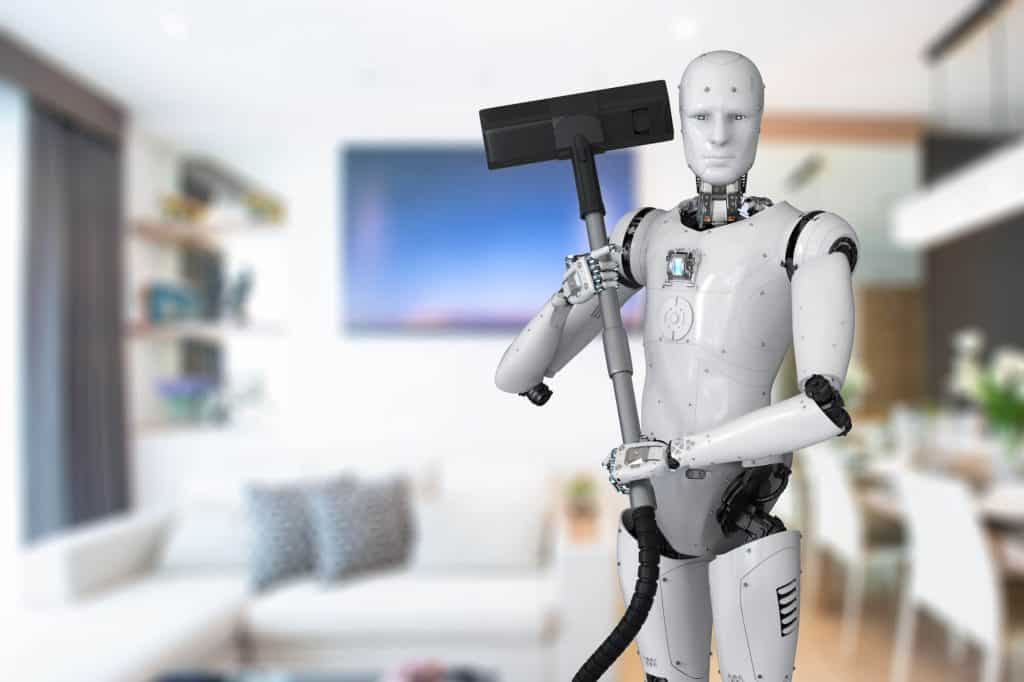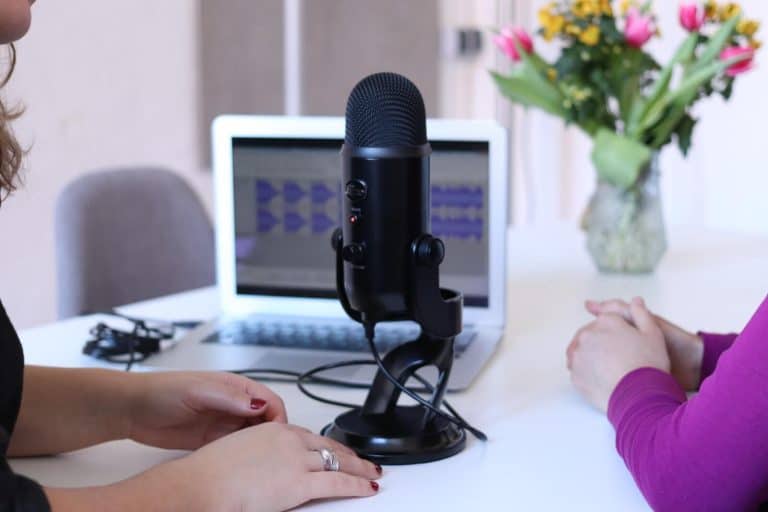In 1962, the animated sitcom The Jetsons imagined a futuristic world with flying cars, smart homes, and even Rosey, the family’s robot housekeeper. More than 60 years later, what was once a fun, cartoon fantasy has become closer to reality, with smart home technology becoming even more advanced with the help of companies like Positec Tool Corporation, a manufacturing company specializing in the production of power tools and lawn and garden equipment. At CES 2023, we attend a presentation by Michael Jones, North American Positec CEO and President of Positec, to learn just how smart home and gardening have become.
Smart home technology is growing in popularity, as our dependence on IoT, robotics, automation, and other technologies has increasingly relieved us of home tasks we once did manually. In all facets of life, we increasingly rely on technology to help with numerous daily household responsibilities as our patience and availability decrease.
According to Jones, although time-saving and useful, robotic lawnmowers, or Landroids, are less prominent in North America than in Europe, which has a 62% market share. Why? This is mainly because of installation complications and residential property differences. However, Positec presents a solution that will increase the sales and popularity of Landroids in North America. Positec has eliminated the need for a physical boundary wire or the manually placed wire that surrounds the perimeter of the property area to be mowed. “We gave Landroid the gift of sight,” said Jones, as he explained the addition of a built-in wide-angle high-definition camera, which would allow the improved robot. Known as Landroid Vision, the technology detects and avoids obstacles such as trees, people, and animals and stays within a designated area of the property, regardless of daylight, without the dreaded boundary wire requirement.
In addition to lawn care, smart home technology can be helpful indoors, too. The Noesis Florio, an indoor floor cleaner, is unique from any robotic vacuum on the market today. In addition to automated self-cleaning for up to 15 days of mopping and two months of vacuuming, the device self-docks, and charges. Like the Vision Landroid, the Noesis uses Neurovision Technology to avoid obstacles like tables, chairs, cables, and pets. Additionally, it separates carpet from hard flooring and performs accordingly and lifts environmentally friendly mom pads to prevent spreading dirt on surfaces while cleaning.
While we’re still getting ready for Rosey the Robot, smart home technology will continue to aid us with household tasks as more robotic household devices are developed. For now, we can count on mowing the lawn and cleaning indoor flooring reliably with minimal physical effort.
What other chores could you use some help around the house with?





